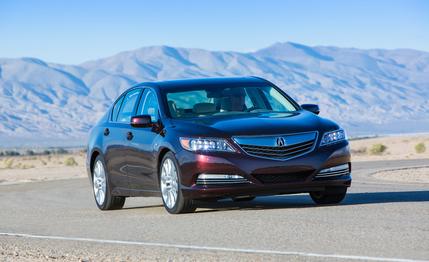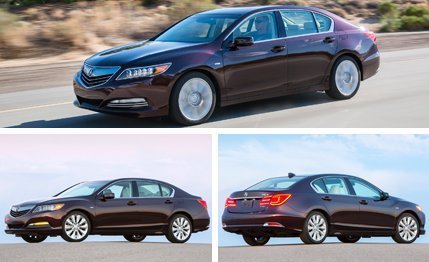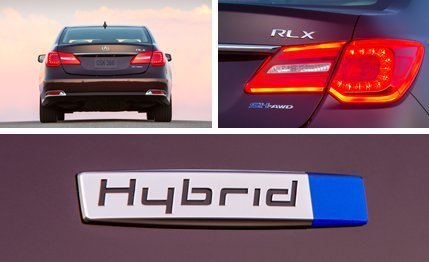
 First Drive Review
First Drive Review
When the first Honda Insight beat the first Toyota Prius to market a decade and a half ago, Big H created a new vehicle segment in the U.S. and catapulted gas-electric vehicles into the mainstream. We probably don’t need to tell you that sales of such fuel sippers subsequently exploded or that the Prius became the darling of the segment, likely because it offered buyers the double bonus of having a back seat and not looking like a bionic tadpole.
But, technology aficionados that we are, we can’t help wondering if the cars’ guts had something to do with the Prius’s dominance. Honda’s hybrid system, dubbed Integrated Motor Assist, was very simple, whereas Toyota’s Hybrid Synergy Drive was more complex. It didn’t help that, in the intervening years, Honda pretty much stood pat with IMA while the rest of the industry released ever more intricate and efficient designs similar to Toyota’s, with the Chevrolet Volt plug-in coming in as the hybrid-tech high-water mark. Well, until now.


Honda is back at the bleeding edge of hybrid technology, introducing a flurry of innovative systems across its product lineup. For starters, the new Honda Accord plug-in and regular hybrids share a groundbreaking and Honda-exclusive powertrain design that lacks a transmission. The system is anything but simple, yet it’s seamless and works very well in day-to-day operation. Further, the reborn 2015 Acura NSX will debut with its own hybrid powertrain with two electric motors driving the front wheels and a twin-turbo V-6 and another electric motor spinning the rears.
TMU Ain’t Just an Airport in Costa Rica
When the subject of this story, the Acura RLX Sport Hybrid SH-AWD—or “SH SH-AWD” for short—was announced, many thought that it would share its hybrid guts with the NSX, only in reverse. That isn’t the case, except perhaps philosophically. The only common bit between the two cars is what Acura calls the twin motor unit (TMU). In the RLX SH SH-AWD, the TMU is fixed to a rubber-isolated subframe at the rear axle and is what enables the RLX hybrid to offer four-wheel drive via two identical 36-hp electric motors that are coupled together by a planetary gearset and produce 54 lb-ft of torque.


Below 78 mph, each motor can supply torque to its assigned wheel independently via yaw-inducing torque vectoring, or the two can work in concert to contribute thrust or braking. Above 78 mph, the TMU can still perform the torque-vectoring trick, but it ditches its acceleration and deceleration duties. Controlled via electronics and connected to the rest of the powertrain only via wires, the TMU means there’s no driveshaft. It’s unique among torque-vectoring differentials in that it can deliver torque to one tire while the other pulls torque (or, put another way, produces negative torque) and feeds the energy into the regenerative braking system.
As you dive for an apex, you feel the SH SH-AWD’s TMU fend off understeer and revector the car just as well as the mechanically based SH-AWD (Super Handling All-Wheel Drive) system did in the old RL, which was replaced by the RLX. The TMU is doing the lifting at every step away from a stop; the RLX hybrid can operate as a pure electric, rear-wheel-drive car up to about 50 mph provided you’re gentle on the throttle. (So, no, you can’t do lurid drifts.) Another caveat to RWD awesomeness: Range in this mode is limited to a mile or two from the 1.3-kWh lithium-ion battery. If it doesn’t deliver fun or long, silent cruises in the moonlight, the EV mode does allow the 4350-pound Acura to score highly on the EPA’s city mileage test, where it notched 28 mpg. That’s an improvement of 40 percent over the front-drive, nonhybrid RLX. The hybrid’s 32-mpg EPA highway rating is 1 mpg better than that of its conventionally powered sibling, which is to be expected, given that a hybrid is most beneficial in urban driving where it can recapture and use electrical energy more often.